We all know that person who has 45,000+ unread emails. Or, maybe it’s you. According to
Radicati's Email Statistics Report, employees sent and received an average of 126 emails per day in 2017 - a number which is only increasing. Radicati says, "Email use continues to grow even as other methods of interpersonal communication, such as instant messaging, social networking and chat are seeing strong adoption." With the abundance of emails flooding our inboxes, it’s easy to see why many despise checking their emails. It’s also easy to see how email can quickly become a productivity blocker.
What we all dream of is a day we can wake up, go to work, check our inboxes and it’s clean - zero unread emails. You’ve probably heard it: Inbox Zero. This mythical term that is thrown about along with a load of best practice fluff about why you should read and organise your emails. The problem is, with so many emails arriving each day, the question really should be ‘how’, rather than ‘why’?
Here are our top strategies for decluttering your inbox and achieving the Holy Grail of email management: Inbox Zero.
What is Inbox Zero?
Firstly, let’s start with the basics. Inbox Zero is the process of managing emails within your inbox in order to reach and maintain zero unread emails.
Before we delve into our strategies, here are a few things you need to know about emails, according to the five commandments of the Inbox Zero methodology, coined by Merlin Mann's original approach:
- Not all emails are equal: A handful of emails are going to be critical compared to others. If the Pareto Principle is to be held true, 20% of our emails will consume 80% of your focus. That’s not a bad thing, you just need to make sure we spend our time on the right 20%.
- Time is priceless and limited: Unfortunately, you don’t have 100 hours a day. You won’t be able to respond and think about every email you receive. The sooner you accept that, the sooner you can begin to focus on what is important and how to speed up the process of dealing with the rest. Guard your time wisely.
- Less is more: Don’t be guilty of sending an essay, rather than a brief and to the point email. One-liners might appear rude, but they are okay. 500 words is not okay. Bullet points are your secret weapon here - keep your emails clear, concise and short.
- Cut the guilt: If you are to reach Inbox Zero, you need to let go. Let go of any negative emotion you get when you open your inbox. It’s common to feel overwhelmed. Thousands of unread emails will do that to you. What is important is the need to do something about it.
- Don’t lie to yourself: The only person you are cheating is yourself if you tell lies. You need to be honest and realistic to set expectations. Take a ruthless approach when it comes to giving time to an email. If it’s not worthy, file it or delete it. Additionally, learning when to say no is an art you need to master.
Right, that’s the five commandments done. Here are your top strategies for using email every day.
Using Outlook every day for email
Every time a new email comes in, ask yourself:
- Why should I care about this email?
- Is any action required of me?
- Is the information within the email sensitive or time-critical?
- What should I do with the email?
Depending on the answers to the above, you should then take one of the following actions:
- Respond: If the email takes a short amount of time, respond and then file the email.
- Respond: If someone else is best placed to respond, delegate the action.
- Defer: If you are the best person to respond but the task requires extensive action, flag on your to-do list and then file it once complete.
- File and archive: If the email doesn’t need action but shouldn’t be deleted, file it so you can access it again if needed in the future.
- Delete: If the email isn’t relevant, don’t be afraid to delete it.
Do this for every single email and you’ll quickly start filtering them down. If you file your emails when sending and receiving, you can capture both sides of the conversation and ensure information is filed in real-time.
Quick tip: Use Outlook’s ‘Rules’ functionality in the nav bar to automatically filter emails based on certain criteria, such as who the sender is or what the email contains.
You might think you already boss it when it comes to managing your email management. Maybe you already have multiple inboxes, rules set up, labels, filters and shortcuts. But, nothing is ever perfect. If you have all this in place, you are probably spending way too much time in email every day. If you are, there are some tools readily available that can improve your efficiency:
- Unroll.me is the mass unsubscribe tool to help declutter your inboxes from the many newsletters and promotional emails you get pelted with. If you are getting no value - ditch them.
- Evernote helps move things that don’t need immediate attention into note format, for later reading.
- Mail Manager uses machine learning to quickly learn your behaviours, making the filing of emails super quick and reducing the risk of manually filing to the wrong location.
Quick tip: Rather than respond to emails as and when they come into your inbox, aim to set aside dedicated email time every day. Use this time to reply, file, delete and organise your emails and then focus on your core job the rest of the time.
And there we have it, a quick-step approach for managing your inbox better. Inbox Zero is within your grasp, you just need to believe it.
Get a free 15-day Mail Manager trial to see how you can quickly manage your emails better.










